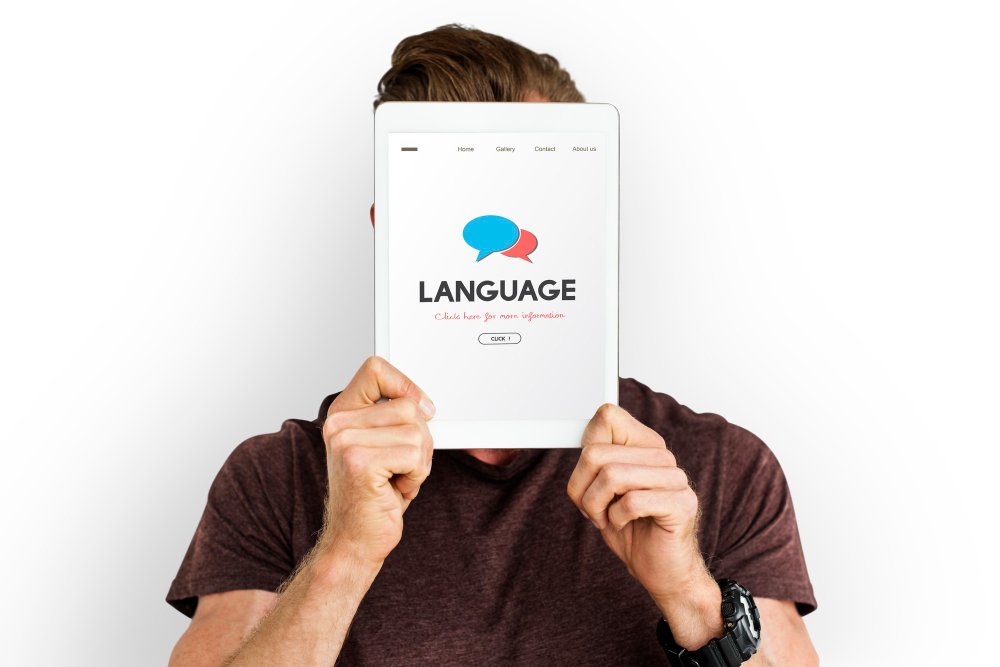Let’s Be Honest: Localizing for Major Markets Like Spanish, French, or Mandarin? That’s Table Stakes. But Building Language Access for Micro-Languages Like Quechua or Zarma? That’s Where Things Get Interesting.
When most brands think about localization, their minds go straight to the big players, Spanish, French, Mandarin, maybe German or Japanese. These languages cover vast populations, lucrative markets, and clear business cases. They’re the “easy” wins, the baseline expectations. But there’s an entirely different world beyond these giants, a world of micro-languages, many of which are indigenous tongues spoken by communities that have long been marginalized or overlooked.
This isn’t about checking a compliance box or trying to expand superficially into so-called “emerging markets.” This is about fundamentally reshaping how we think about connection, respect, and genuine business growth at the very edge of the map, where language access has historically been absent or tokenized.
Why It Matters (And Why Most Brands Ignore It)
Micro-languages serve millions of people around the world who are often underrepresented, underserved, and underestimated in global commerce and communication. Indigenous languages, despite sometimes small speaker numbers, are far from “minor”, they are massive when it comes to cultural identity, collective memory, and the subtle nuances that shape trust and engagement.
Consider this: Language is more than just words. It’s the vessel of history, of community values, of worldview. For the people who speak these micro-languages, hearing their own tongue in a brand’s messaging isn’t a gimmick, it’s a profound acknowledgment of their existence and dignity.
Here’s the kicker: Brands that get this right don’t just earn revenue. They earn relevance. In 2025 and beyond, relevance is the new currency. It’s what separates companies that simply sell products from those that build lasting relationships. When your brand speaks the language of a community, literally and figuratively, you’re not just selling, you’re belonging.
The Real Challenge? You Won’t Find These on Google Translate
If you’ve ever worked with major languages, you know the localization landscape is already complex. But micro-languages introduce a whole new set of challenges. Working with languages like Quechua, Zarma, or dozens of other indigenous tongues means stepping into a world where:
- Translation memory tools and glossaries are either limited or non-existent. You can’t just rely on automated solutions or pre-built databases.
- Native-speaking linguists are rare. These languages often have few professional translators available, especially ones familiar with brand messaging.
- Standardized orthography may not exist or varies between communities. The way people write and spell words can differ, reflecting dialects and traditions.
Automated solutions? Not reliable here. Vendor marketplaces that work well for common languages are often hit-or-miss in these cases. The gold standard? Local partnerships.
You need to collaborate directly with native linguists, community elders, and scholars who can become your quality assurance team, your style guide, and your credibility checkpoint. These relationships are not transactional, they are ongoing dialogues that require respect and trust.
Yes, this means timelines might get longer, and budgets might flex to accommodate the deeper work. But the upside? You’re creating something no one else is building. You’re opening doors that have been shut for decades.
Common Mistakes Everyone Keeps Making
Many brands approach micro-language localization as if it’s “just another checkbox”, a brief, perfunctory step to tick off before moving on. This mindset is a recipe for failure.
Here are some of the most common mistakes that companies keep making:
- Hiring generalist translators for highly specialized dialects: Micro-languages often have nuances that general translators simply don’t know. This results in awkward, inaccurate translations that alienate rather than engage.
- Using Spanish or French as a “bridge” language: This is a critical error. When brands translate into Spanish or French and then attempt to use those as proxies for indigenous languages, the meaning and cultural context get lost. It’s linguistic erasure.
- Expecting one-size-fits-all cultural tone guidelines to apply across villages or communities: Indigenous languages can vary drastically even within a single region. Applying generic tone or style rules ignores this complexity and leads to mistrust.
Quick reality check: If you treat micro-language localization like a corporate formality, your audience will feel it. And they won’t trust you.
Ethics Over Efficiency (Always)
This is where things get real, and also where many brands stumble.
Localizing into indigenous languages isn’t simply about expanding access. It’s about responsibility.
You’re engaging with cultures that have endured centuries of colonization, globalization pressures, and institutional erasure. Their languages have survived despite overwhelming odds, often because they are more than just means of communication, they are acts of resistance and identity.
When you enter this space with content, you carry weight.
You’re not just translating words. You’re honoring traditions, idioms, and storytelling rhythms that have deep cultural resonance. A literal, word-for-word translation can kill the soul of your message. Localization here becomes anthropology meeting UX design, it’s about preserving the spirit as much as conveying information.
What Works? Human-Centric Localization
Forget flashy tech tools or AI-driven subtitling models that dominate mainstream localization discussions. When it comes to micro-languages, what works is human-centric.
It’s about:
- Co-creating glossaries with community linguists: Building shared resources rooted in cultural knowledge.
- Testing content with actual native speakers: Not just one-off checks, but ongoing feedback loops that shape tone and nuance.
- Iterating through feedback cycles that respect tradition, not just speed: Slowing down to get it right is a feature, not a bug.
Build slowly. Build right. Build with people, not personas.
So What Can You Actually Do?
If this sounds daunting, that’s because it is. But here’s how you can start putting these principles into action:
- Start with fewer languages, but go deeper: Choose one micro-language and do it exceptionally well. Let the quality of your work speak for itself.
- Pay fairly: Native linguists are not a “nice to have.” They are the MVPs of this work. Compensation should reflect their expertise and cultural importance.
- Share ownership: Give credit where it’s due. Open-source your localized assets whenever possible so communities can reuse, adapt, and build on them.
- Skip the one-off campaign: Integrate these markets into your long-term content plan. Remember, respect isn’t seasonal. It’s sustained and ongoing.
Closing Thought
Most companies won’t go near this. It’s messy. It’s expensive. It’s complex.
But if you care about inclusion beyond the buzzword, this is where you put it into action.
Localizing for micro-languages and indigenous markets isn’t just the next frontier. It’s the one that actually matters.
It’s where brands stop talking at people and start talking with them. Where they don’t just sell products but become part of a community’s narrative. And where respect, trust, and relevance are not afterthoughts, they’re the foundation.
If you’re ready to step off the beaten path, you’ll find that the rewards go far beyond revenue. You’ll build connections that are real, lasting, and meaningful. And that, in the end, is what localization should be about.
 AW HOLDING
AW HOLDING
 Tel: +971 24912220
Tel: +971 24912220
 sales@awprotranslations.com
sales@awprotranslations.com




